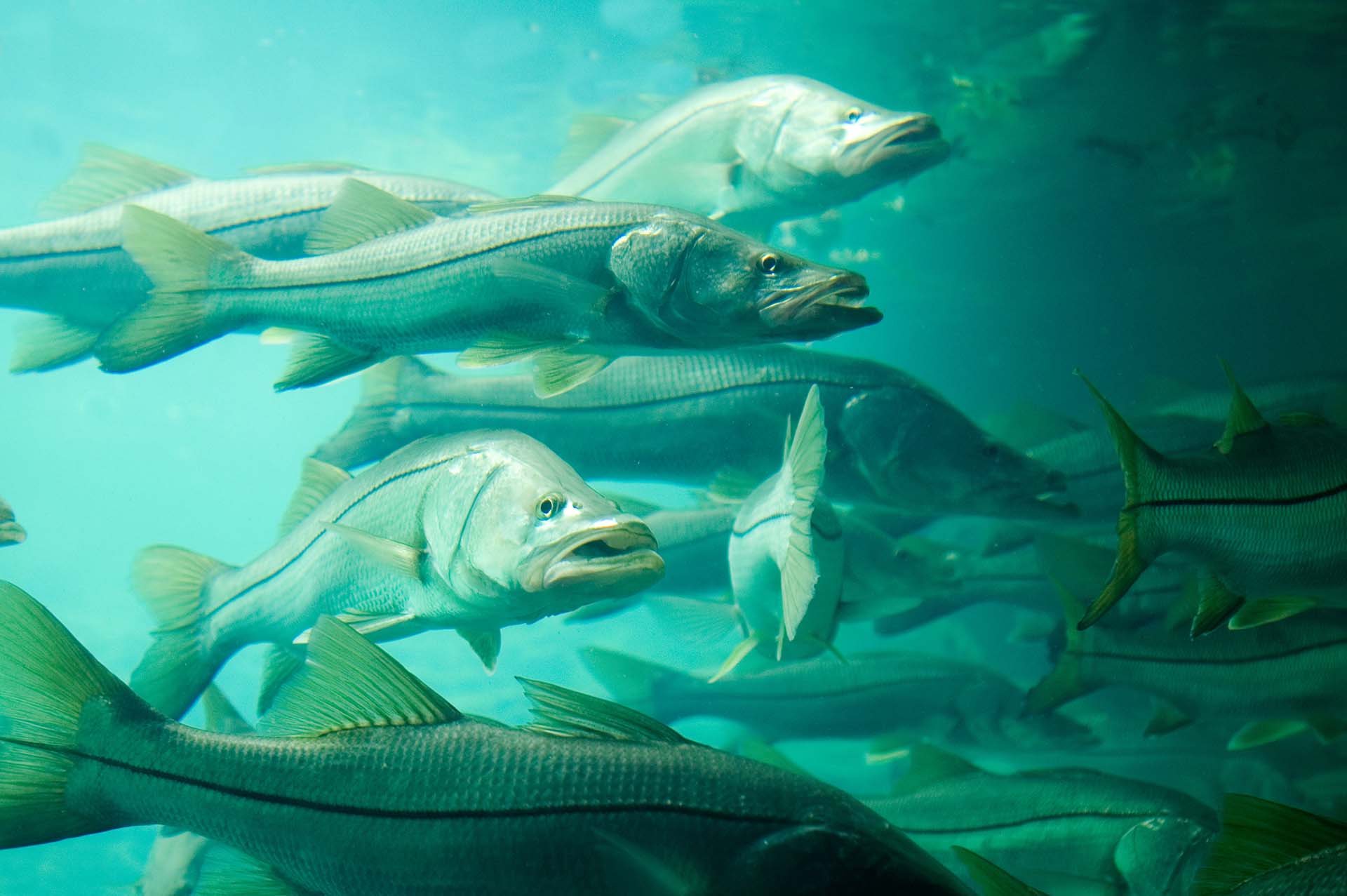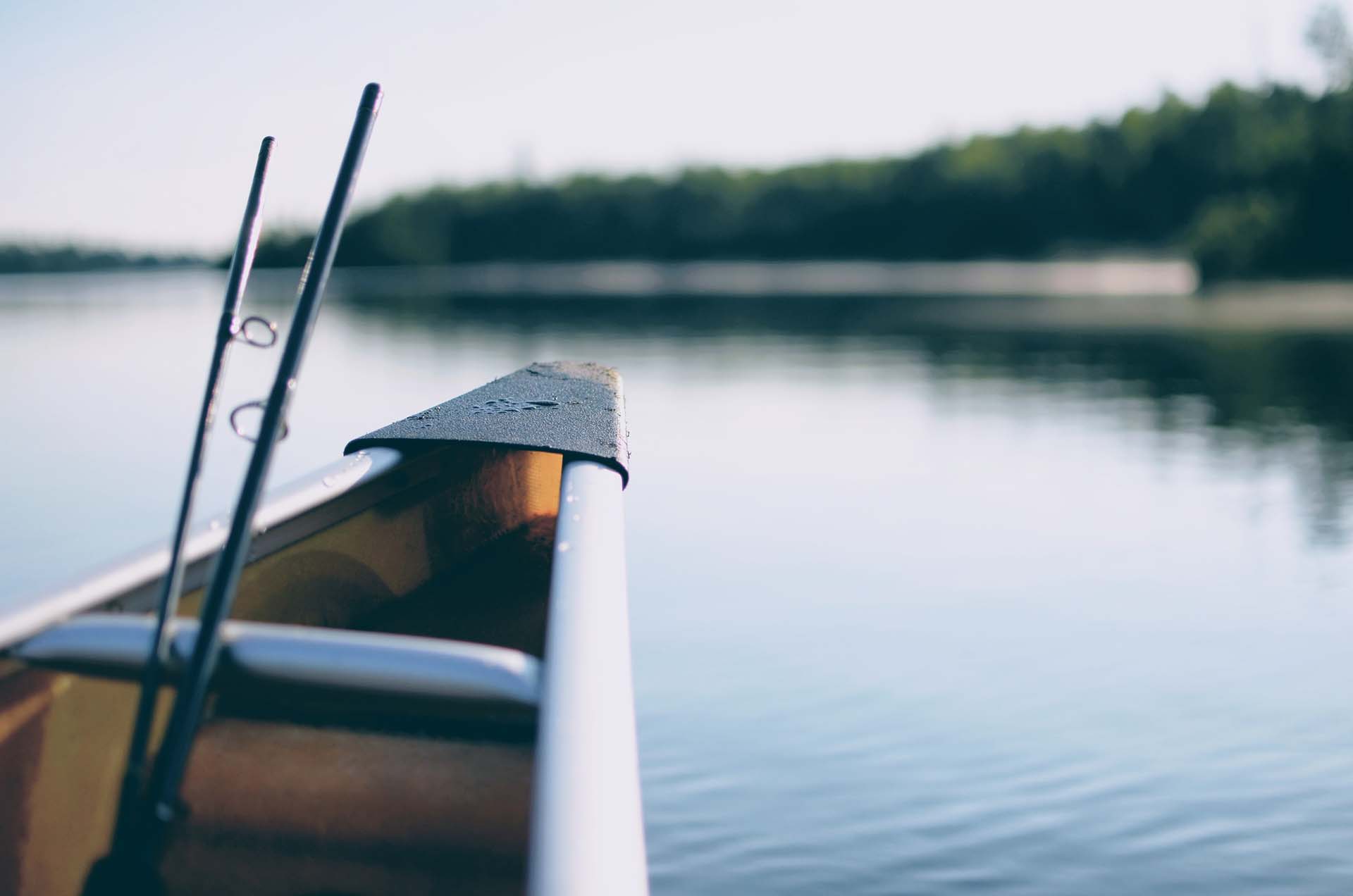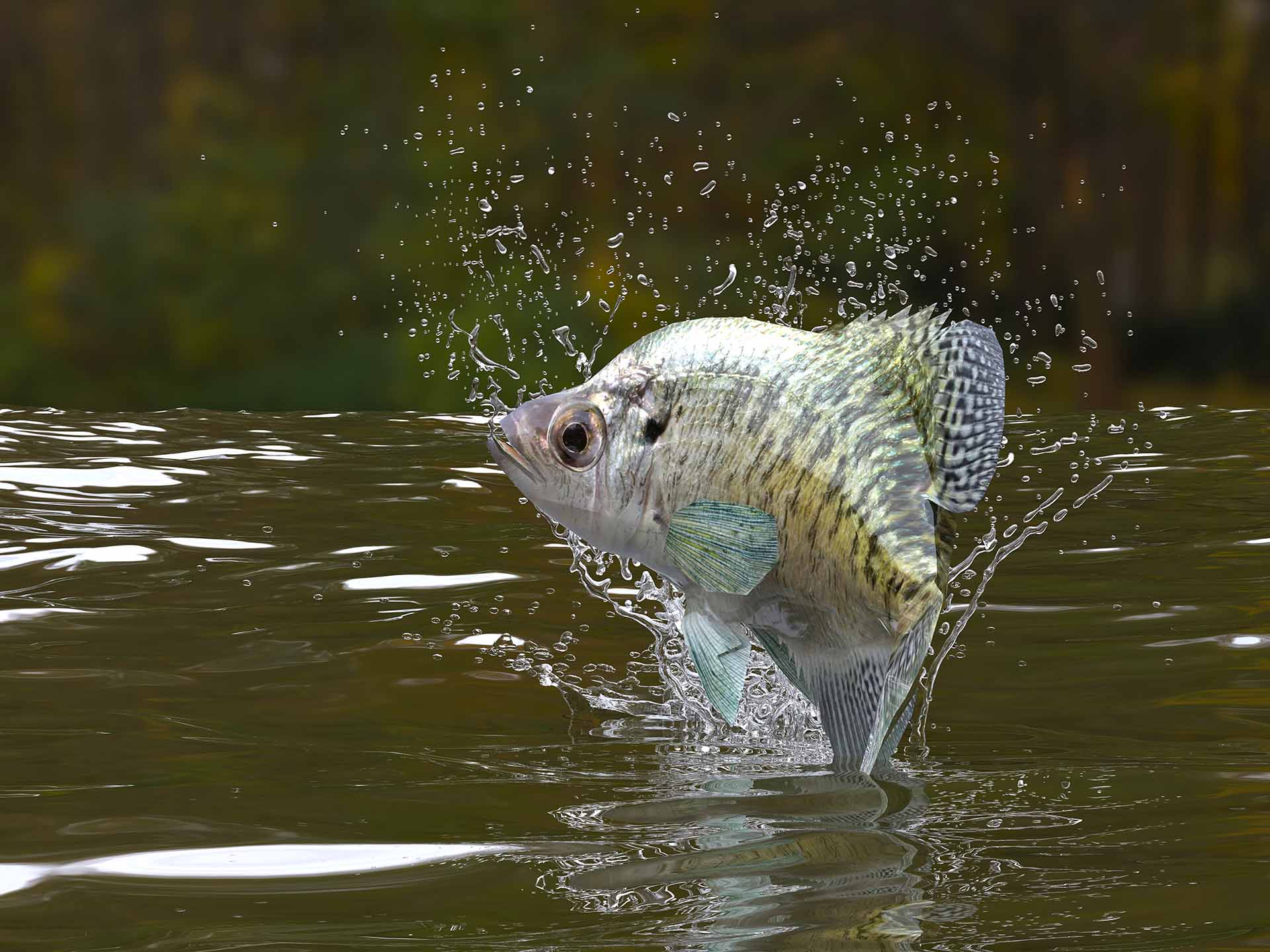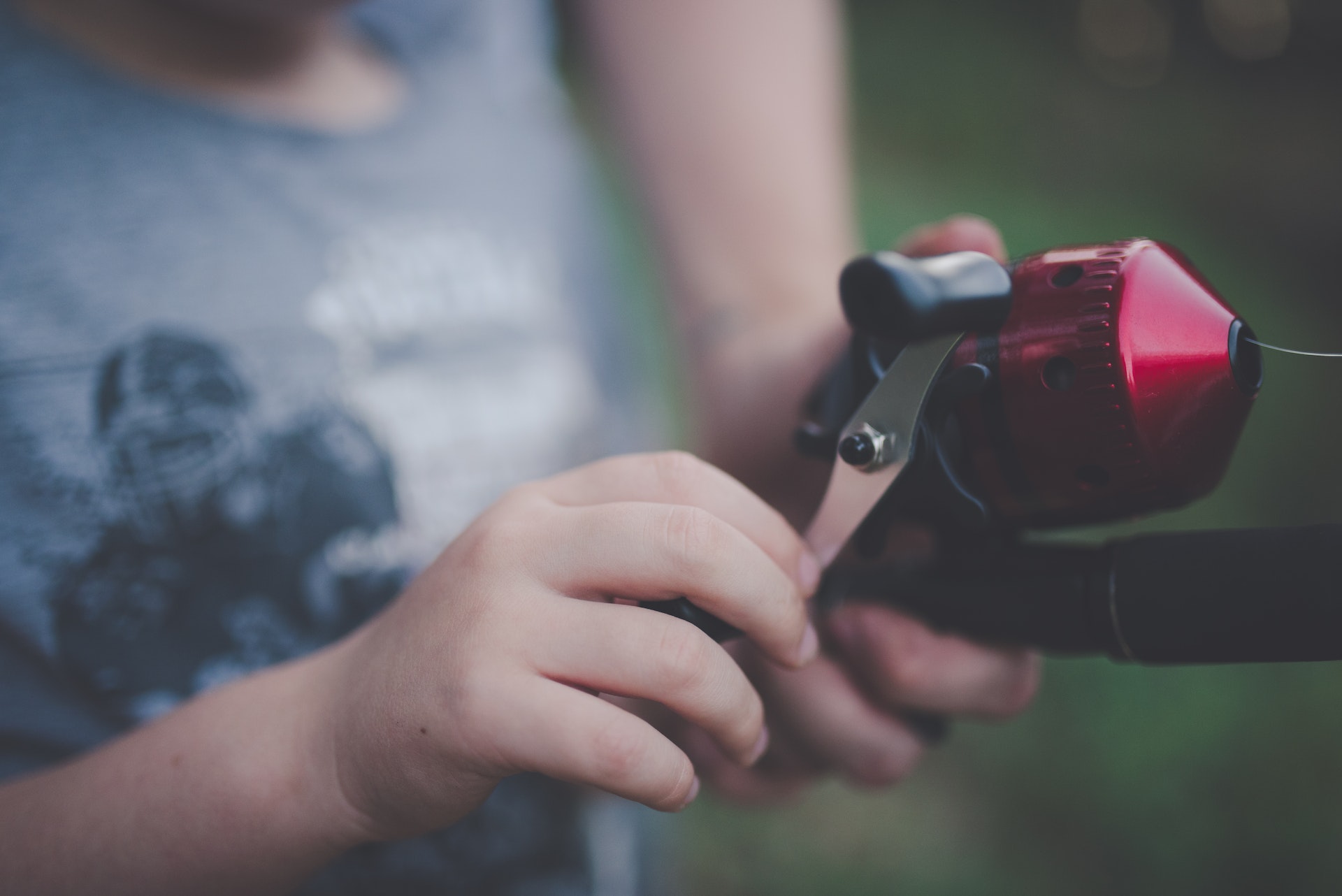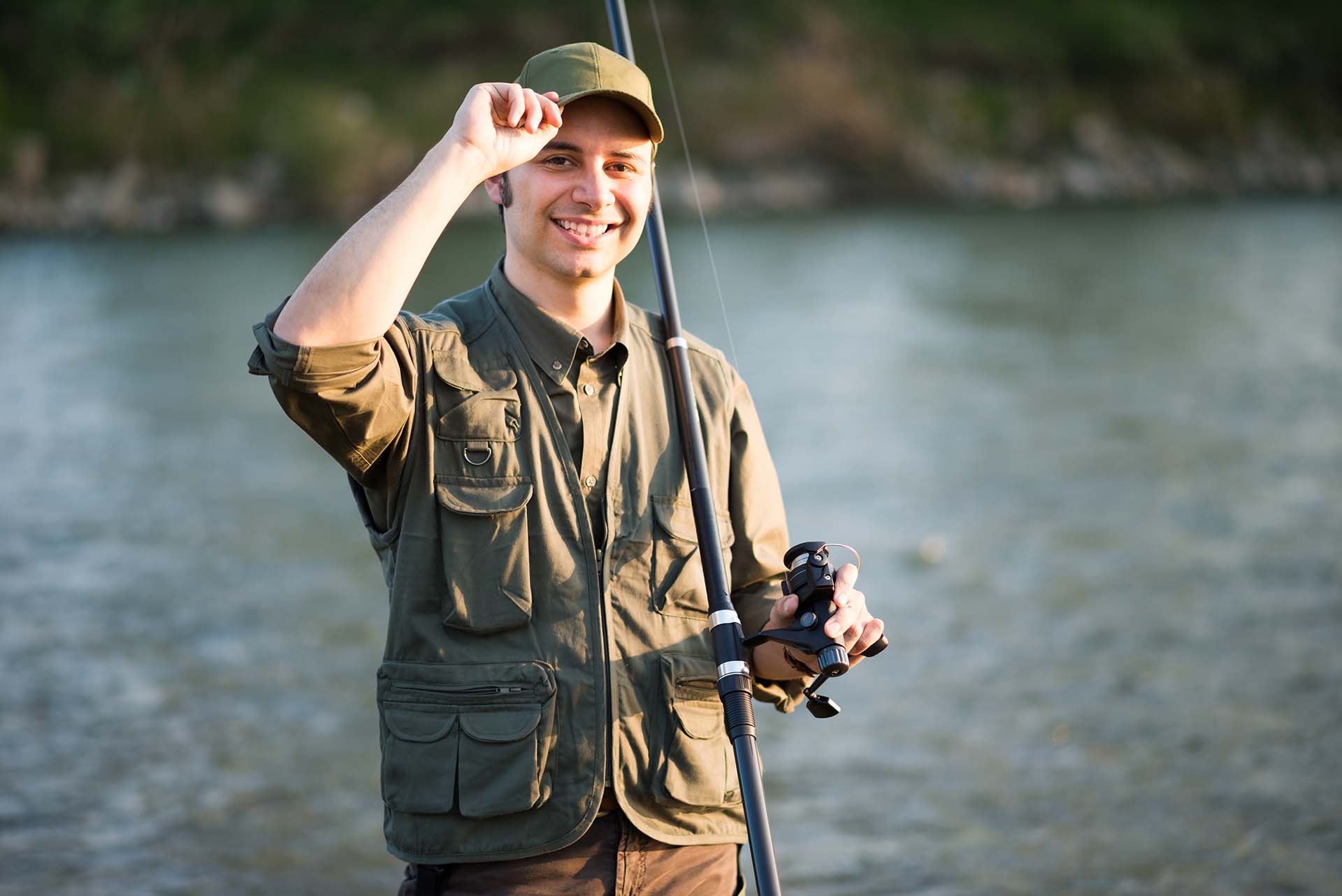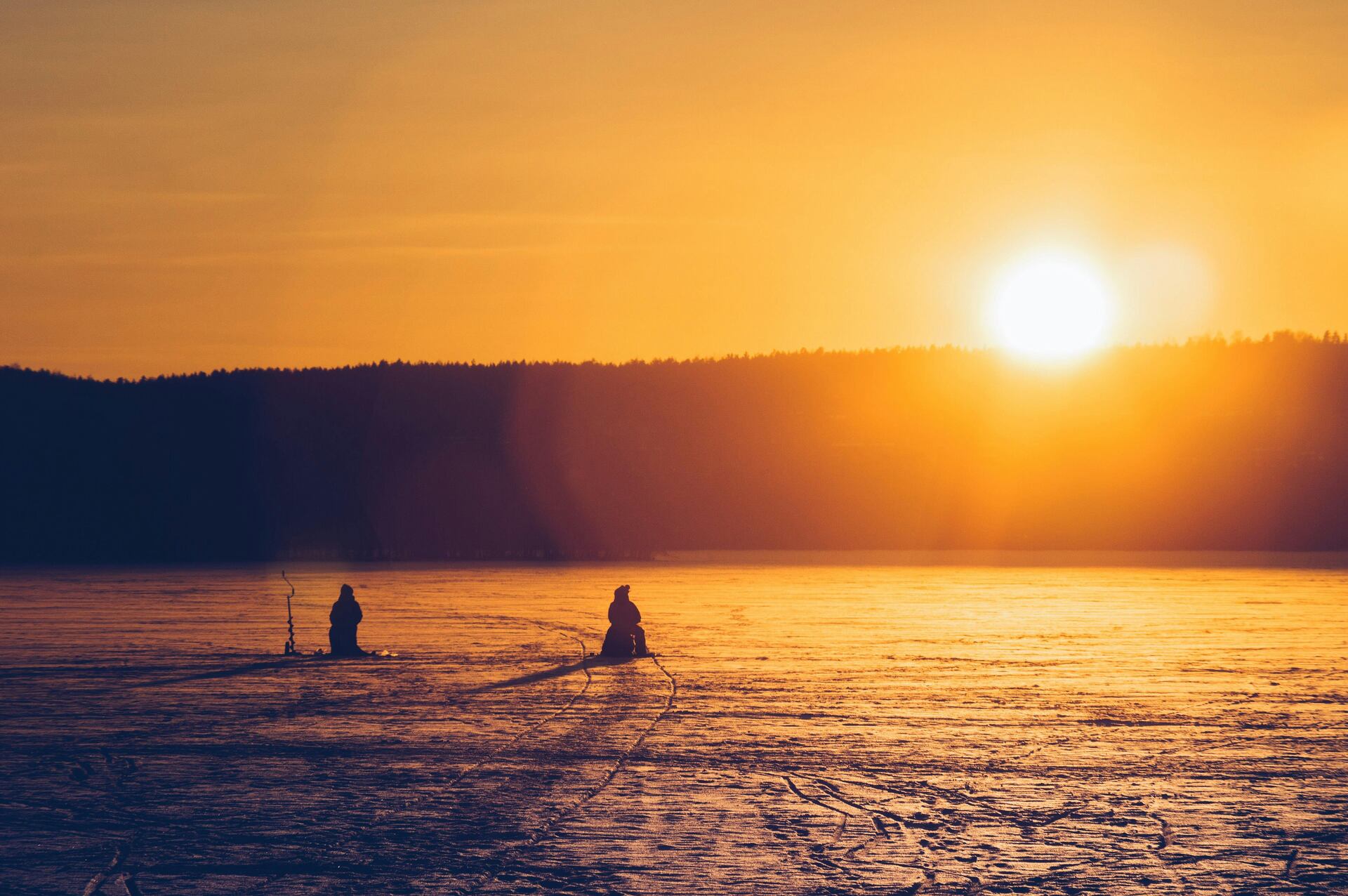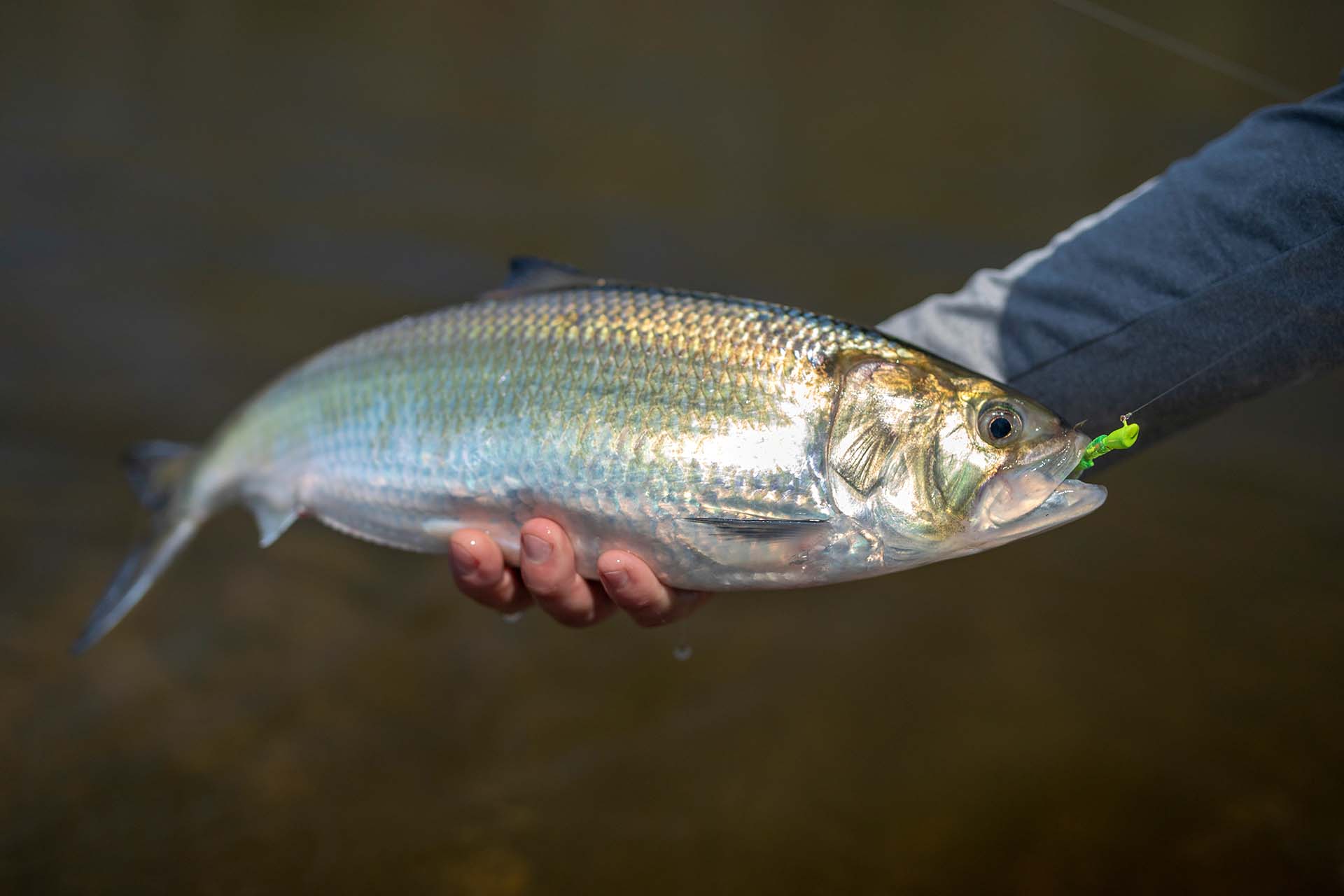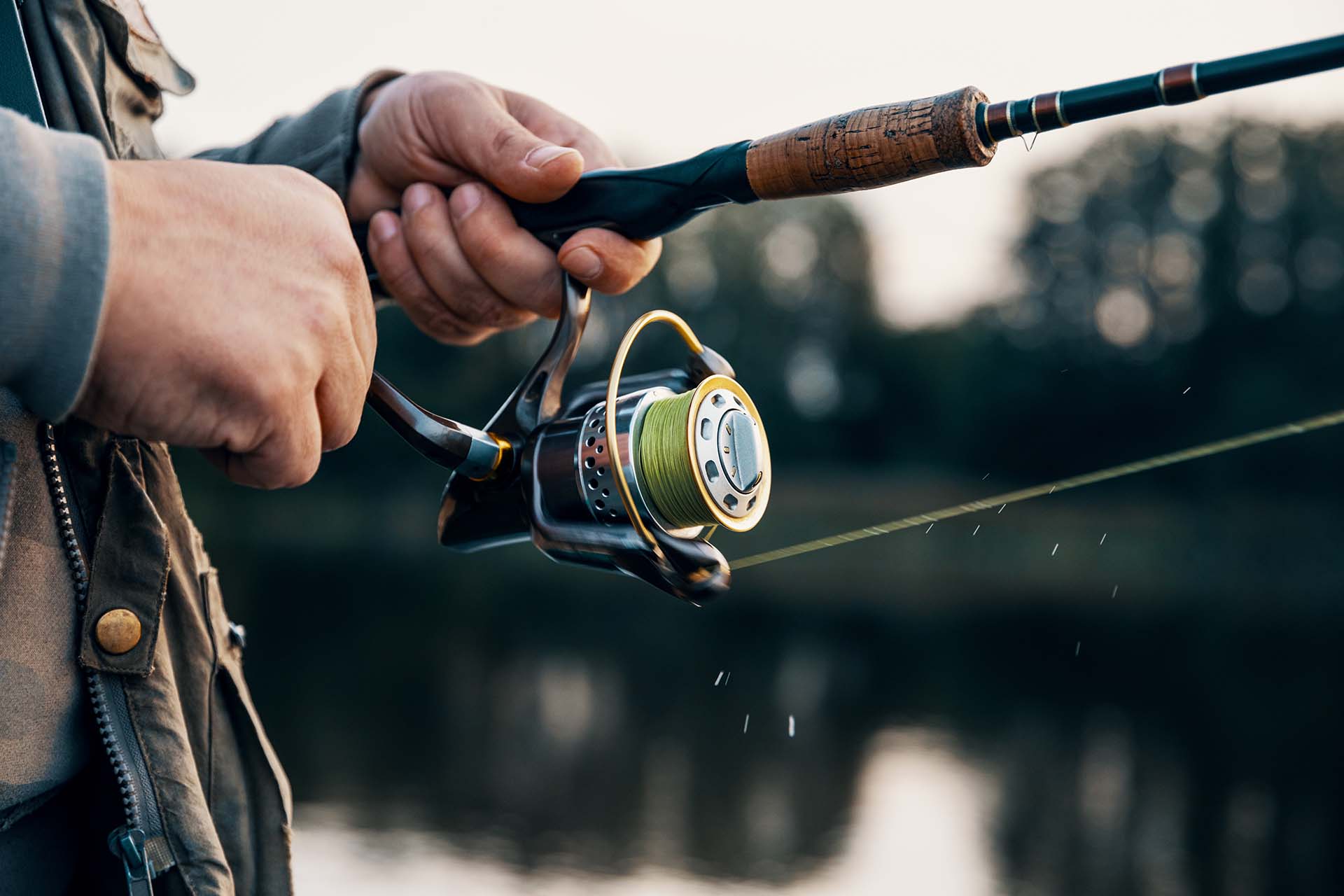The Sunshine State welcomes millions with its radiant warmth and pristine beaches. However, for the anglers, the allure of the line cast under that golden sun beckons most powerfully. Explore the most common fish to catch in Florida because its waters are teeming with various fish. That’s making Florida a top destination for novice and experienced anglers.
In saltwater, Florida’s most common catches include the Snook, Tarpon, and Mahi-Mahi. Largemouth Bass, Crappie, and Catfish in freshwater. Each offers unique angling experiences in the Sunshine State.
Why Is Important to Know the Most Common Fish to Catch in Florida?
Florida, often dubbed the “Fishing Capital of the World,” boasts an intricate mosaic of marine ecosystems. From its vast ocean expanses to intricate mangrove labyrinths. Knowing the most common species to catch in these waters isn’t merely a trivia pursuit for avid anglers and occasional fishers. It’s a passport to deeper engagement.
When you identify these aquatic stars, you’ll ensure sustainable practices that protect both endangered and popular fish. But, most importantly, this knowledge fosters a sense of community. It’s a shared fishing slang spoken on docks, boats, and waterfront diners. It is a testament to Florida’s heritage, where tales of the day’s catch weave the very fabric of its coastal culture.
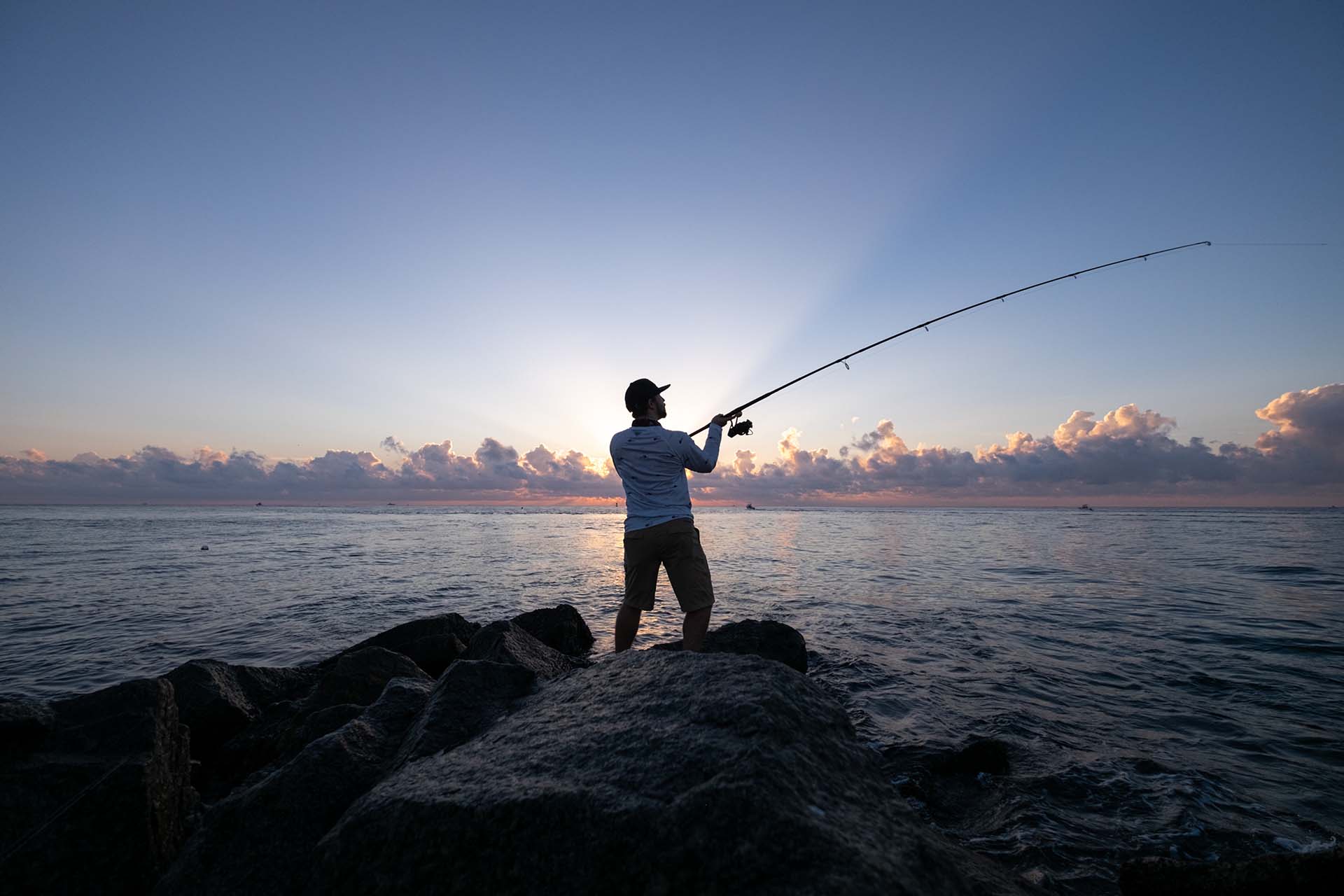
Saltwater Fish – Florida’s Esteemed Oceanic Icons
With its endless coastlines, Florida is a sentinel guarding some of the world’s most mesmerizing marine treasures. Beneath the dance of light on its azure waters lies a realm where nature’s artistry flourishes.
These are Florida’s saltwater favorites. The esteemed oceanic icons embody the sea’s spirit. Also beckon anglers and marine enthusiasts to discover and appreciate their magnificence.
Snook – The Inshore Delight
Florida’s Snook stands out among inshore fish with its sleek body, reaching up to 48 inches, and distinct silver hue with a yellow tint. Commonly found in the state’s brackish estuaries and mangrove-lined coasts, they often hide near structures, awaiting their prey.
Anglers pursue Snook with live bait like shrimp or mullet and artificial lures. Their sharp senses demand a stealthy approach and precise casting for successful catches. Given the Snook’s vigorous and acrobatic resistance, light tackle amplifies the thrill.
Snooks are catchable year-round in Florida, but the warmer months typically are better. From late spring to early fall. During this period, Snooks are more active and often venture out of their hiding spots in search of food.
Snook fishing has gained particular popularity in several Florida locations:
- Sanibel Island – This barrier island offers fantastic shore fishing opportunities. Especially around Blind Pass, where tidal currents attract hungry Snook.
- Tampa Bay – The mangrove-lined shores and grassy flats of Tampa Bay are a haven for Snook. Making it one of the top destinations for inshore fishing enthusiasts.
- Everglades National Park – The myriad of channels, bays, and mangrove islands provide the perfect habitat for Snook. Anglers often venture into the park’s backcountry waters for a chance at a trophy-sized catch.
- Indian River Lagoon – This biodiverse estuary system, stretching across Florida’s east coast, boasts plentiful Snook. Especially around structures and during the night when they come out to feed.
Tarpon – The Silver King
The Tarpon, often called the “Silver King,” is one of Florida’s most iconic game fish. Celebrated for its majestic appearance and unparalleled fighting spirit. The Tarpon, a large fish with shiny silver sides, is famous for its impressive jumps and strong swimming. It can grow longer than 8 feet and weigh more than 200 pounds.
When hooked, this behemoth doesn’t just tug. It launches itself airborne in spectacular fashion, challenging even the most seasoned fishermen with its stamina and acrobatics. People describe landing a Tarpon as blending awe, respect, and pure adrenaline, thrilling them.
Here are some popular spots to find tarpon:
- Boca Grande Pass – Known as the “Tarpon Capital of the World,” this deep-water pass is arguably the most famous spot for Tarpon fishing. Especially during the annual migration in late spring to early summer.
- Tampa Bay – The estuaries and channels around this bay offer prime Tarpon habitats. Attracting a large number of these fish during the peak season.
- Florida Keys – The warm, crystal-clear waters of the Keys are a Tarpon haven. With famous locales like Marathon, Key West, and Islamorada offering unparalleled opportunities for sight fishing.
- Charlotte Harbor – This expansive estuarine system mixes freshwater inflow and salty sea, creating an ideal setting for Tarpon. Especially around its grassy flats and mangrove-lined shores.
Catching fish, such as Tarpon, is more than just an angling achievement. It’s an unforgettable experience that sums up the allure of Florida’s rich fishing tradition.

Mahi-Mahi – Offshore Action
Mahi-Mahi, also known as the Dolphin Fish, is a spectacle of colors with vibrant blues, greens, and yellows. When hunting for this offshore favorite, trolling with adequate rods is a popular and effective method. Here are some key strategies:
- Floating Debris and Seaweed – Mahi-Mahi often congregate around floating structures, especially sargassum seaweed patches. Look for birds diving in these areas; they can indicate the presence of schools of fish.
- Use Colorful Lures – Reflecting the fish’s vibrant palette, bright lures. Blue, yellow, and green are especially effective.
- Vary Your Trolling Speeds – While a consistent speed is common, occasionally varying the speed or introducing a zig-zag pattern can incite curiosity and bites.
- Depth Matters – Mahi-Mahi can be found at various depths. Targeting areas around 100 to 300 feet is a good starting point. Of course, don’t forget to have the best rod for deep-sea angling.
Beyond its role in adventurous angling, Mahi-Mahi offers a gastronomic voyage, delighting fishers and food enthusiasts.
Freshwater Fish: Florida’s Inland Aquatic All-Stars
Florida boasts a vast marine tapestry that extends beyond its sparkling coastlines. Its inland waters are equally mesmerizing. These freshwater habitats, ranging from languid rivers to mystical springs, cradle a diverse collection of fish.
Anglers trading the sea’s salt spray for the serene ripples of freshwater find themselves charmed by some of the largest freshwater species in the USA. For example, the Largemouth Bass, Bream, and the elusive Catfish. Beyond their allure for recreational fishing, these freshwater stars are a testament to Florida’s environmental mosaic.
Each fish, with its unique behavior and habitat preference, narrates a tale of ecosystems preserved, challenges faced, and nature’s undying dance of survival and adaptation.
Largemouth Bass – Florida’s Freshwater King
Prepare your boat for freshwater angling because the Largemouth Bass is the crowned jewel of Florida’s freshwater angling scene. To hook this elusive monarch, knowledge is key:
- Tactics – Focus on structure. Bass are ambush predators, so areas around submerged trees, docks, and vegetation like hydrilla are prime spots. In cooler months, they tend to go deeper. While in warmer months, early morning and late evening are peak times due to cooler water temperatures.
- Baits – Largemouth bass baits, like plastic worms, especially in darker colors, are a classic choice. Crankbaits, spinnerbaits, and topwater lures like poppers and frogs are also effective. Live bait like shiners are also particularly irresistible to trophy bass.
- Top Lakes – Lake Okeechobee’s expansive waters and plentiful bass have earned its fame. The Rodman Reservoir, Lake Tohopekaliga (often called Lake Toho), and the Harris Chain of Lakes also top the list for serious bass anglers. So, equip yourself with one of the best fishing boats for lakes, and don’t forget to bring a rod for lake angling.
Florida’s warm climate and abundance of freshwater habitats have given rise to a unique strain of Largemouth Bass known as the Florida bass. This strain is renowned for its potential to grow to trophy sizes, often surpassing the 10-pound mark. Coupled with the state’s active conservation and stocking efforts, Florida has become a mecca for those seeking to land a “double-digit” bass.

Crappie – Panfish Paradise
Crappie, with its speckled appearance and delicious taste, is a cherished target among Florida’s freshwater enthusiasts. Navigating the world of crappie angling definitely involves techniques. Jigging is a time-honored technique for crappie.
Lightweight jigs, often feathered or equipped with soft plastics, are slowly retrieved to mimic the small fish or invertebrates that crappie feed on. Minnows suspended under a bobber are also a classic and effective approach. Allowing the bait to swim freely and attract attention.
The thrill of landing a fish, no matter the size, ignites a passion and respect for nature in young hearts. That’s why crappie angling is a joy that spans generations. Its simplicity and accessibility make it a favorite for family outings. Children can easily grasp the basics, from baiting a hook to feeling the delicate bite of the crappie.
Catfish – Nighttime Noodling
Florida’s freshwater rivers, lakes, and ponds are home to a variety of catfish species. The most prominent ones include:
- Channel Catfish – Recognized by its slate-blue color and deeply forked tail. This species is the most widespread and is often stocked in many ponds and lakes.
- Flathead Catfish – Broad, flat head and a brown to yellow-olive hue. This species is the heavyweight of the bunch, capable of growing over 50 pounds.
- Blue Catfish – Resembling the Channel Catfish but often growing larger. This species is known for its slate-blue body and straight-edged tail.
- White Catfish – Smaller than its counterparts, it boasts a bluish-gray body, with males having a distinct blue head.
While rod and reel methods are popular for catfish, the more daring anglers might engage in the age-old tradition of ‘noodling.’ Here’s how:
- Noodling – This hands-on method involves wading into catfish habitats and locating catfish holes. The angler then inserts their hand into the hole, allowing the catfish to latch onto it. With a firm grip on the fish’s mouth or gill, the angler pulls the catfish out. It’s adrenaline-pumping and requires both courage and caution.
- Trotlines – A more passive method involves setting a long line, anchored and baited with multiple hooks, and leaving it overnight. It’s effective for catching multiple fish with minimal effort.
- Limb Lines – Similar to trotlines but tied to a tree limb overhanging the water, limb lines are simple and effective in areas with strong currents.
Engaging with catfish, whether through traditional angling or the thrilling challenge of noodling, offers a visceral connection to nature. It embodies the essence of fishing: patience, thrill, and a touch of uncertainty.
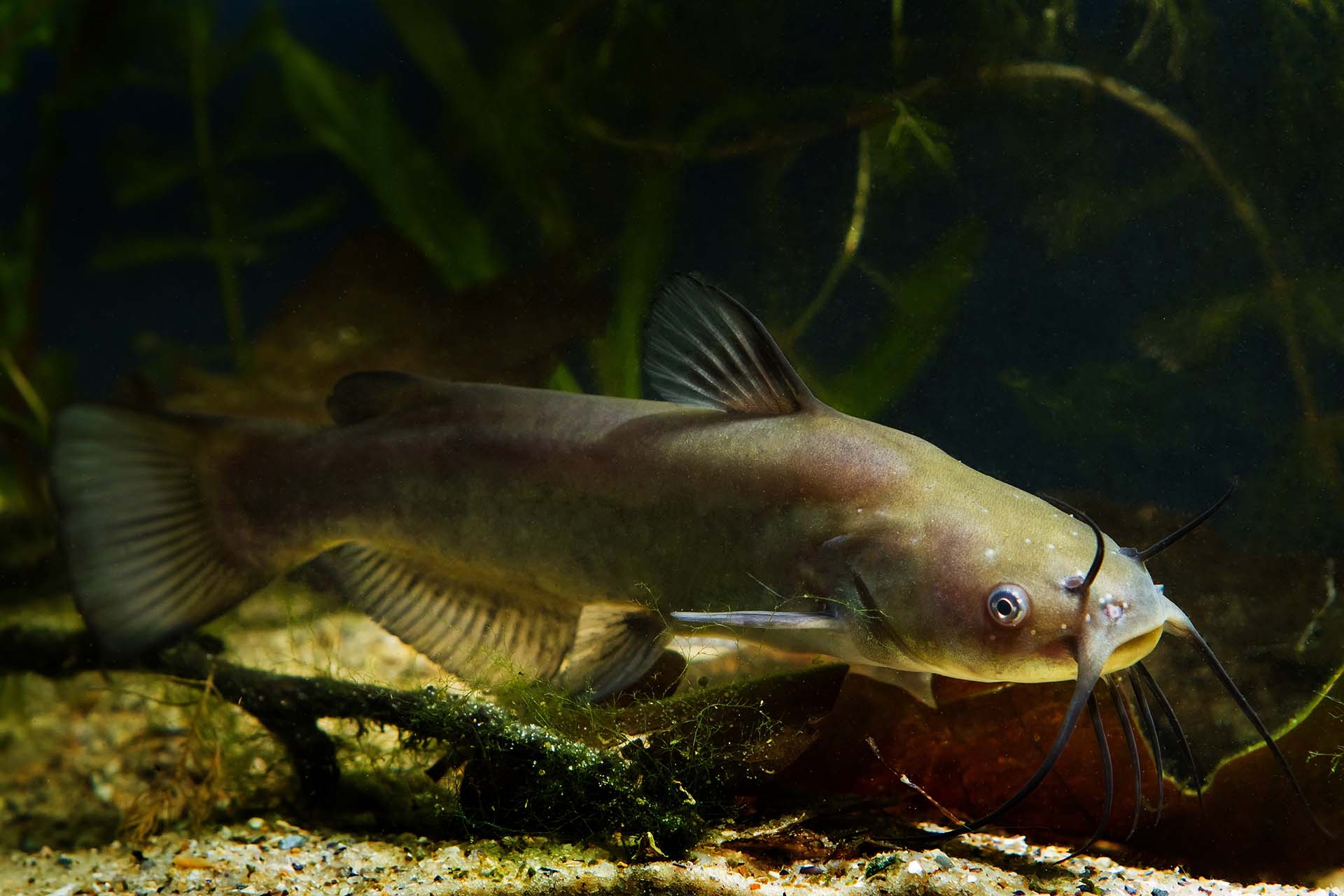
Are There Some Conservation and Ethical Practices You Should Consider?
In pursuing Florida’s aquatic treasures, it’s imperative to prioritize conservation and ethical practices. Adhering to local regulations ensures sustainable fish populations for future generations. All while responsible catch and release practices minimize harm and maximize a fish’s survival after the release.
Additionally, being aware of and informed about invasive species is essential. These non-native species can disrupt local ecosystems, and anglers play a critical role in preventing their spread. By staying informed and practicing ethical angling, fishermen can enjoy the thrill of the catch. All while safeguarding Florida’s rich aquatic biodiversity.
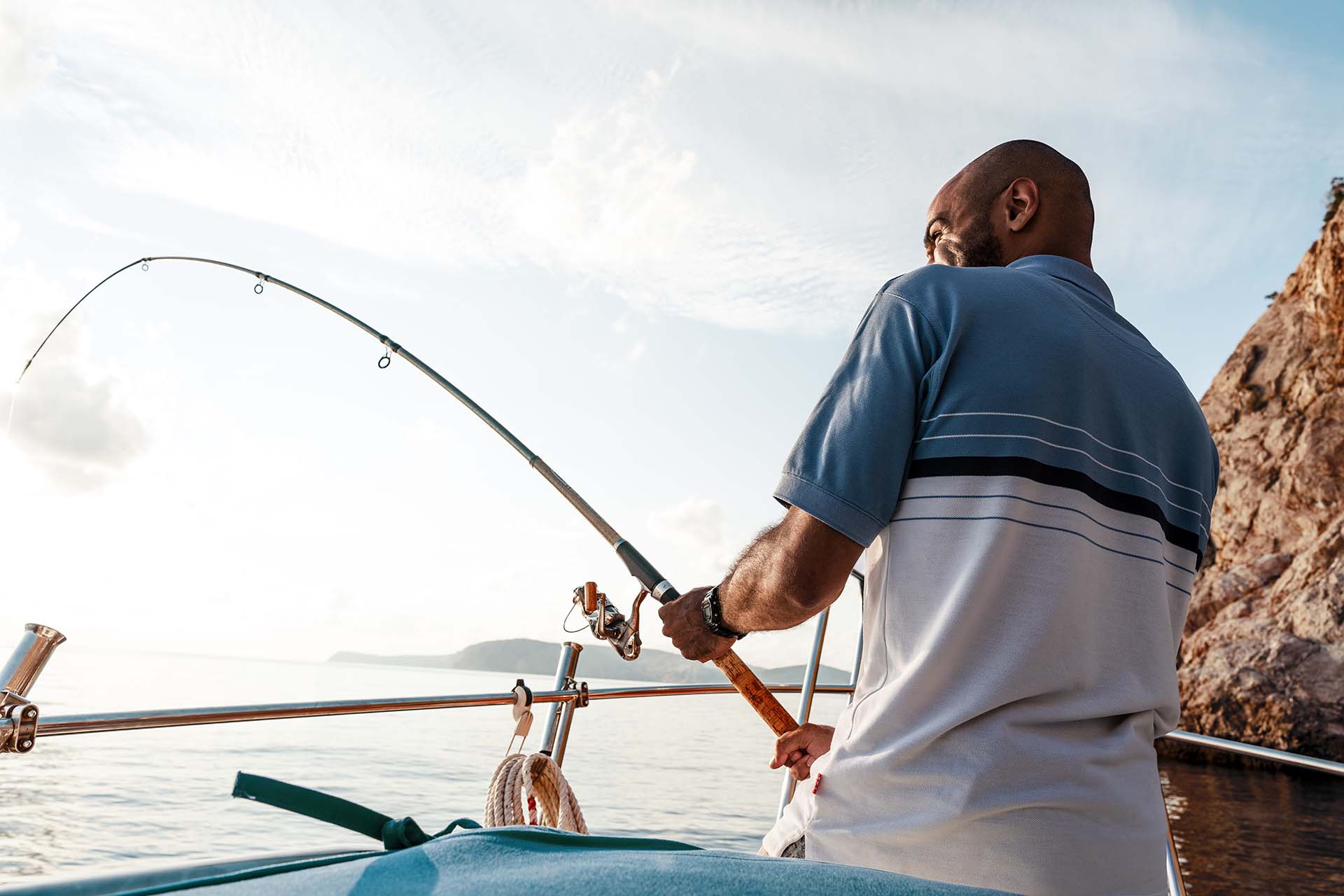
Reeling in Florida’s Finest – A Journey Beyond the Bait
With every tug on the line, you feel a deeper connection to Florida’s marine abundance. The synergy of the sun overhead and the tug of the fish describe the Floridian experience. It’s not just about the catch. It’s about immersing oneself in the rhythms of nature, where sunshine and lines intertwine to create an angling adventure like no other.

